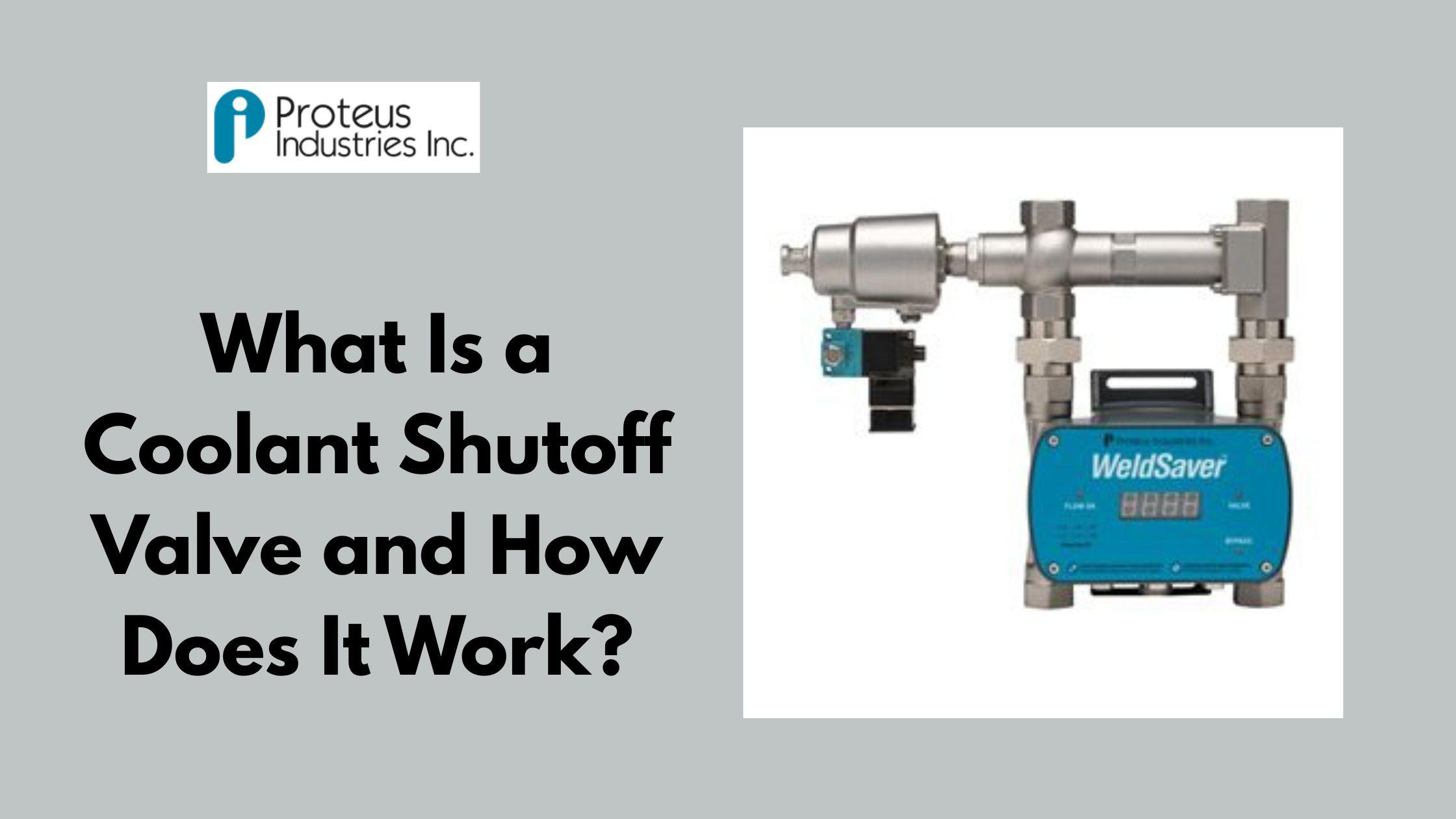Coolant systems play a vital role in industrial machinery by regulating temperature, preventing overheating, and maintaining operational efficiency. These systems are especially critical in high-performance environments such as robotic welding, automotive assembly, and CNC machining. To ensure safety and minimise fluid waste during equipment operation or maintenance, industries often rely on a coolant shutoff valve. This valve provides an immediate solution to stop the flow of coolant when needed—preventing leaks, damage, and downtime. In this article, we’ll explore what a coolant shutoff valve is, how it works, its key features, and why it’s an essential component in modern industrial processes.
What Is a Coolant Shutoff Valve?
A coolant shutoff valve is a control device designed to regulate or stop the flow of coolant in industrial systems. It plays a crucial role in maintaining operational safety and system integrity, especially in automated and high-heat environments. These valves are commonly found in robotic welding cells, automotive manufacturing, HVAC systems, and machining centres. Depending on the application, they can be manual, requiring human intervention, or automatic, responding to system signals or sensor inputs. Whether preventing leaks or facilitating maintenance, shutoff valves provide precision control over coolant delivery, making them indispensable in industries that rely on thermal regulation for performance and equipment longevity.
How Does a Coolant Shutoff Valve Work?
A coolant shutoff valve regulates the flow of coolant through industrial piping or hoses. When activated, the valve either opens to allow flow or closes to stop it—ensuring no coolant escapes during servicing or in the event of a malfunction. Advanced valves often integrate with sensors, such as temperature or leak detectors, which trigger an automatic shutoff response. For instance, in robotic welding systems, if a coolant leak is detected or the torch cap needs to be replaced, the valve can instantly stop the flow to prevent spillage or overheating. This automation provides both safety and efficiency without requiring manual intervention.
Key Features of Advanced Shutoff Valves
Modern coolant shutoff valves are designed with advanced features to meet the demands of high-demand industrial environments. They offer incredibly fast response times—often within milliseconds—to stop coolant flow immediately when needed. Precision is key, and these valves enable accurate flow regulation tailored to system requirements. Many models support seamless integration with digital networks, such as EtherNet/IP and PROFINET, enabling real-time monitoring and remote control. Additionally, their durable construction ensures long-term performance even in harsh or wet conditions, with IP-rated protection against moisture and particulates. These intelligent and rugged features make advanced shutoff valves highly reliable and effective in mission-critical applications.
Benefits of Using a Coolant Shutoff Valve
Implementing a coolant shutoff valve in industrial systems offers multiple benefits. First, it protects valuable machinery by immediately stopping coolant flow during leaks, part changes, or system faults. This helps prevent fluid damage and reduces unplanned downtime. Second, it minimises maintenance needs and liquid waste, thereby lowering operational costs over time. The valve also enhances workplace safety and ensures compliance with environmental standards. Furthermore, by conserving coolant and reducing wear on components, it extends the life of welding torches, robotic arms, and cooling systems. Ultimately, coolant shutoff valves contribute to increased operational efficiency and enhanced equipment reliability across various industries.
Where Are Coolant Shutoff Valves Used?
Coolant shutoff valves are used across a wide range of industries that rely on thermal management and automation. In robotic welding cells, they control coolant flow to torches, preventing leaks and maintaining precision during operation or cap changes. Automotive assembly lines use these valves for effective fluid regulation during high-speed production. CNC machines and industrial milling centres utilise shutoff valves to ensure coolant is delivered only when needed, avoiding excess waste. Additionally, HVAC systems and power plants benefit from their use in managing temperature-sensitive systems. Their versatility and importance in fluid safety make them essential in modern industrial environments.
Integration with Leak Detection Systems
A coolant shutoff valve becomes even more powerful when integrated with leak detection and control systems. For example, in robotic welding applications, shutoff valves work in tandem with systems like WeldSaver™, which continuously monitor coolant flow for leaks. If a breach is detected, the valve receives an automatic signal to shut off the coolant within milliseconds. Systems like eVac can further reroute coolant or retract the supply safely to prevent spills. By responding to alarms or programmable logic controllers (PLCs), smart shutoff valves provide a comprehensive solution for fluid safety, ensuring rapid containment and operational continuity.
Factors to Consider When Choosing a Coolant Shutoff Valve
When selecting a coolant shutoff valve, several factors should guide your decision. Start with response time—fast-acting valves are essential for applications such as robotic welding, where leaks can cause immediate damage. Next, consider the valve’s compatibility with the coolant used and system pressure ratings. It's also crucial to choose valves that support integration with digital interfaces, such as EtherNet/IP or PROFINET, for remote monitoring. Durability matters too—look for IP-rated models suitable for harsh environments. Lastly, evaluate maintenance requirements and serviceability, especially if the valve will be installed in a hard-to-reach or high-use system.
Conclusion
A coolant shutoff valve is more than just a flow control component—it’s a vital safety and efficiency tool in modern industrial systems. By instantly stopping coolant flow during maintenance, malfunctions, or emergencies, these valves help protect equipment, conserve resources, and ensure seamless operations. Their smart integration capabilities, rapid response, and rugged construction make them indispensable across manufacturing, welding, HVAC, and power applications. Investing in a reliable coolant shutoff valve not only minimises risk but also boosts overall system performance and sustainability. For industries prioritising uptime and safety, advanced shutoff valves are a smart, future-ready solution.

